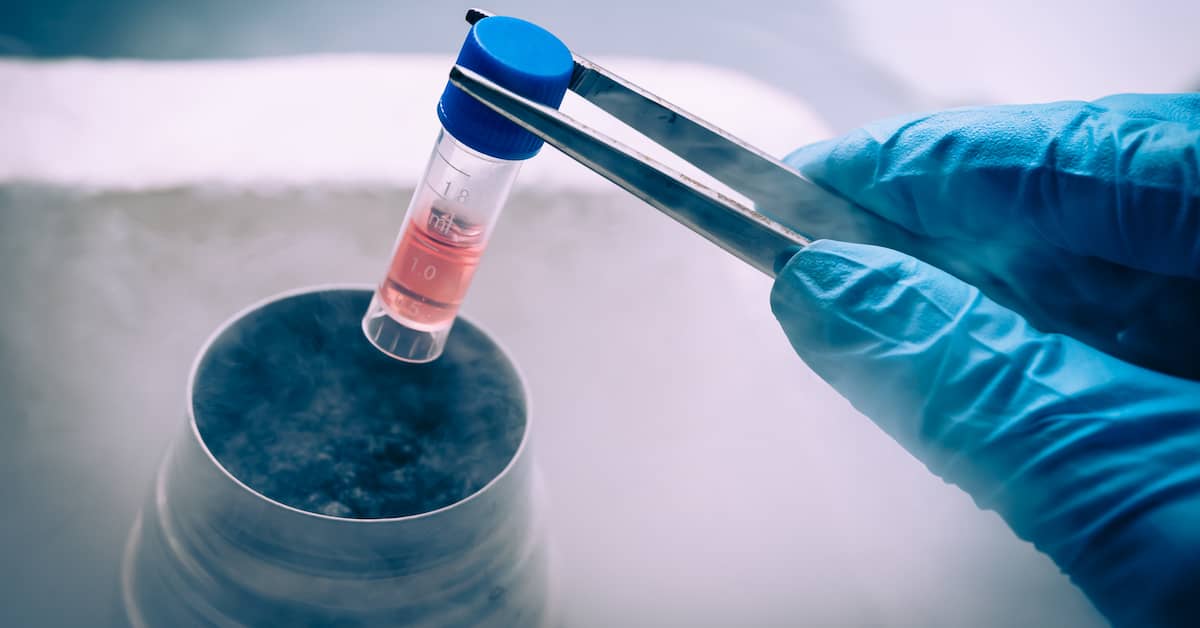
The new technique winds the biological clock back ten times further than previous methods.
While still in its infancy, it has exciting implications for restoring youth and vitality, and overcoming the diseases of aging. Here’s the story…
Fifteen years ago, Shinya Yamanaka developed a way to reprogram adult skin cells so they could be turned into primitive embryonic cells called induced pluripotent stem cells (IPSCs). He achieved this scientific breakthrough by inserting just four genes into the cells. These became known as “Yamanaka factors.”
But there’s a downside to this age reversal technique - the cells lose their previous identity and functionality. They are no longer skin cells but are essentially blank cells. And as a result, they can’t be used for cellular repair or rejuvenation.
What was needed was a way to partially reprogram the cells, so they still retain their functionality; turning back the clock but stopping the process before the cells become IPSCs.
Researchers say this has now been achieved and demonstrated in mice, but the gains were modest, achieving an aging clock reversal of only three years. Could scientists from the Babraham Institute in Cambridge, England do better in people?
Rolling Back the Clock 30 Years
Their research involved taking skin samples from middle-aged human donors. The cells collected were fibroblasts which help make collagen and connective tissue. When damage occurs to the skin, fibroblasts migrate to the wound to begin the repair process, but they slow down with aging. Less collagen is made, and wounds take longer to heal.After collecting the fibroblasts, the researchers exposed them to the Yamanaka factors. To turn them into IPSCs takes 50 days, so the researchers tested different time periods prior to this. Thirteen days proved ideal. At this point, the partially age-reversed cells were removed from the Yamanaka factors and left to grow.
Researchers used two accepted measures of cellular aging and found the cells matched the profile of skin cells that were an incredible 30 years younger. They not only looked the same as young cells, but they also functioned like young cells.
When researchers placed these cells into an artificial wound, they created more collagen and healed the wound much quicker than ordinary middle-aged cells. These promising findings suggest the technique could be developed to repair and heal wounds in the future.
The technique also influenced genes associated with diseases of aging, in particular a gene linked to Alzheimer’s and another to cataracts. In each case, the genes demonstrated changes that made them more youthful.
A Big Step Forward
Dr. Diljeet Gill, a member of the research team, explained, saying, “Our results represent a big step forward in our understanding of cell reprogramming.“We have proved that cells can be rejuvenated without losing their function and that rejuvenation looks to restore some function to old cells. The fact that we also saw a reverse of aging indicators in genes associated with diseases is particularly promising for the future of this work.”
Professor Wolf Reik, who led the research, said, “This work has very exciting implications. Eventually, we may be able to identify genes that rejuvenate without reprogramming, and specifically target those to reduce the effects of aging.
“This approach holds promise for valuable discoveries that could open up an amazing therapeutic horizon.”
